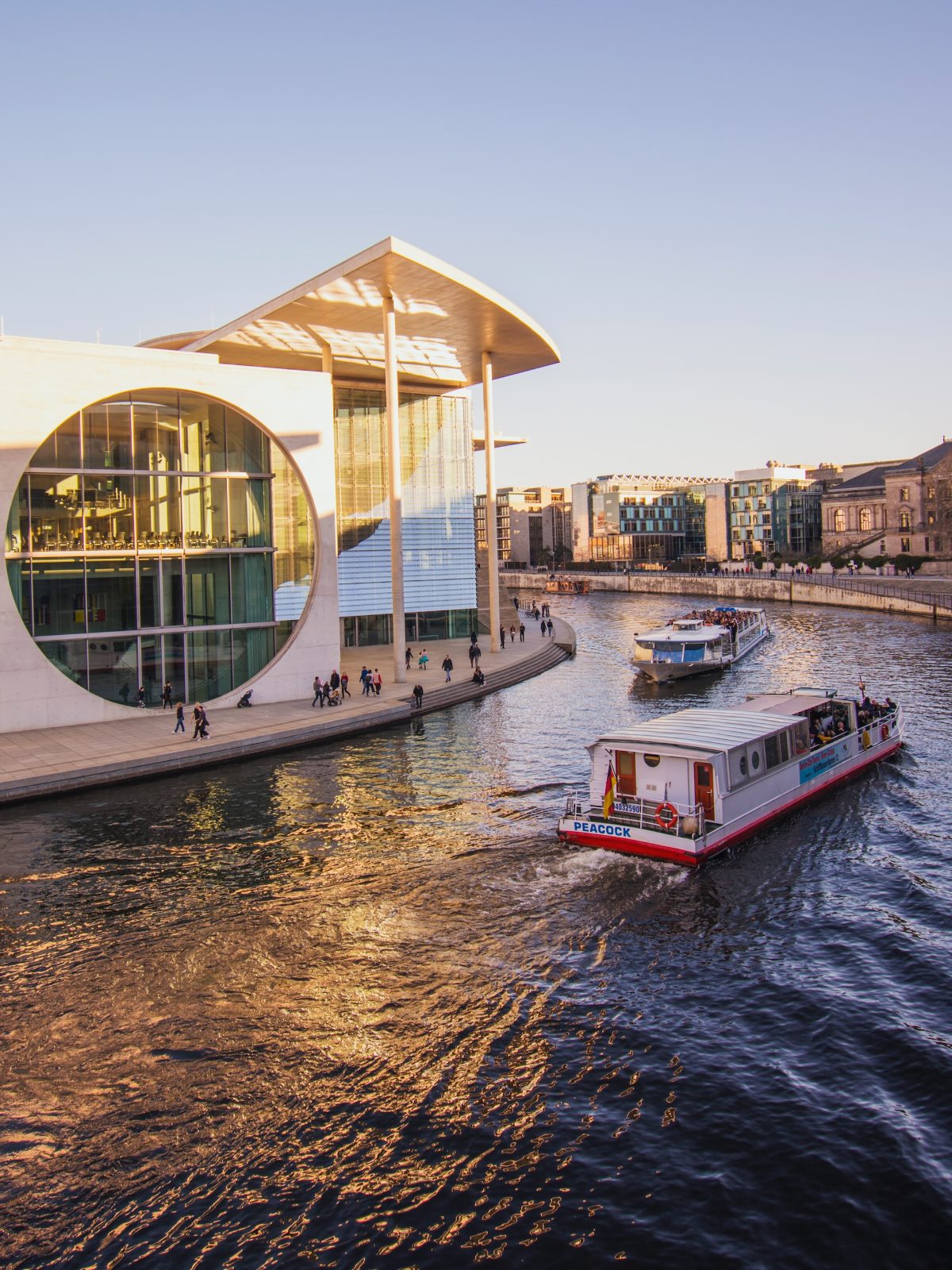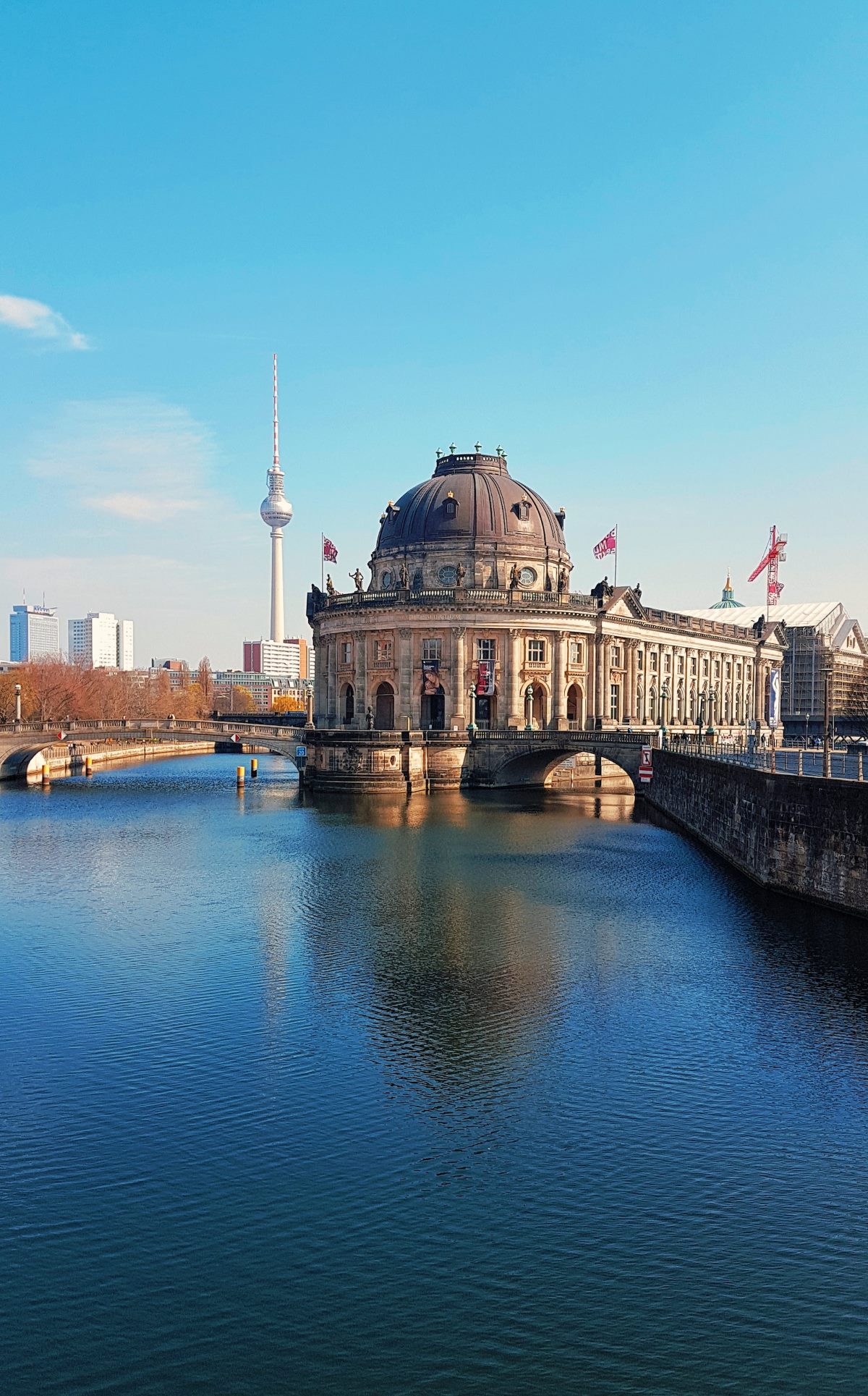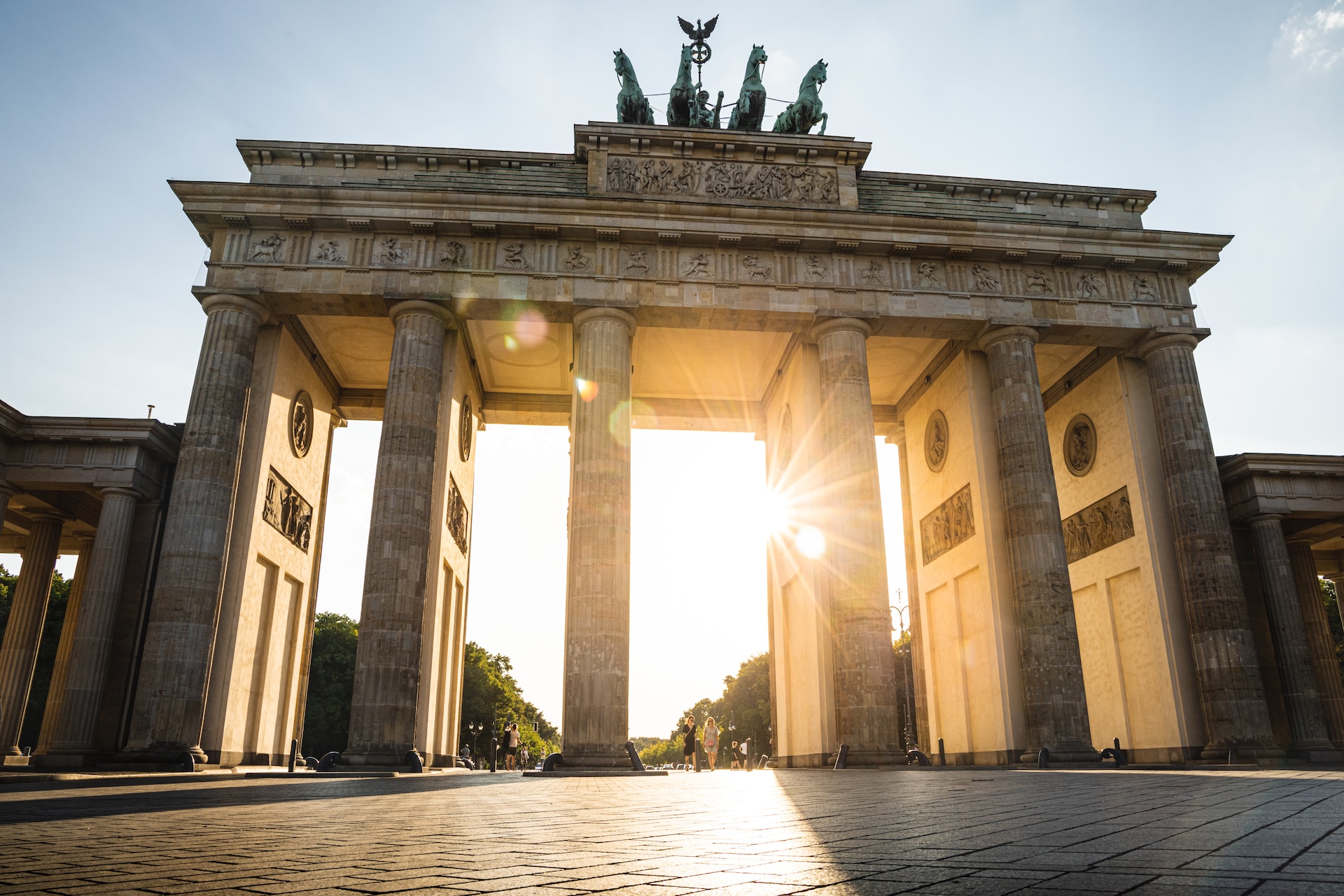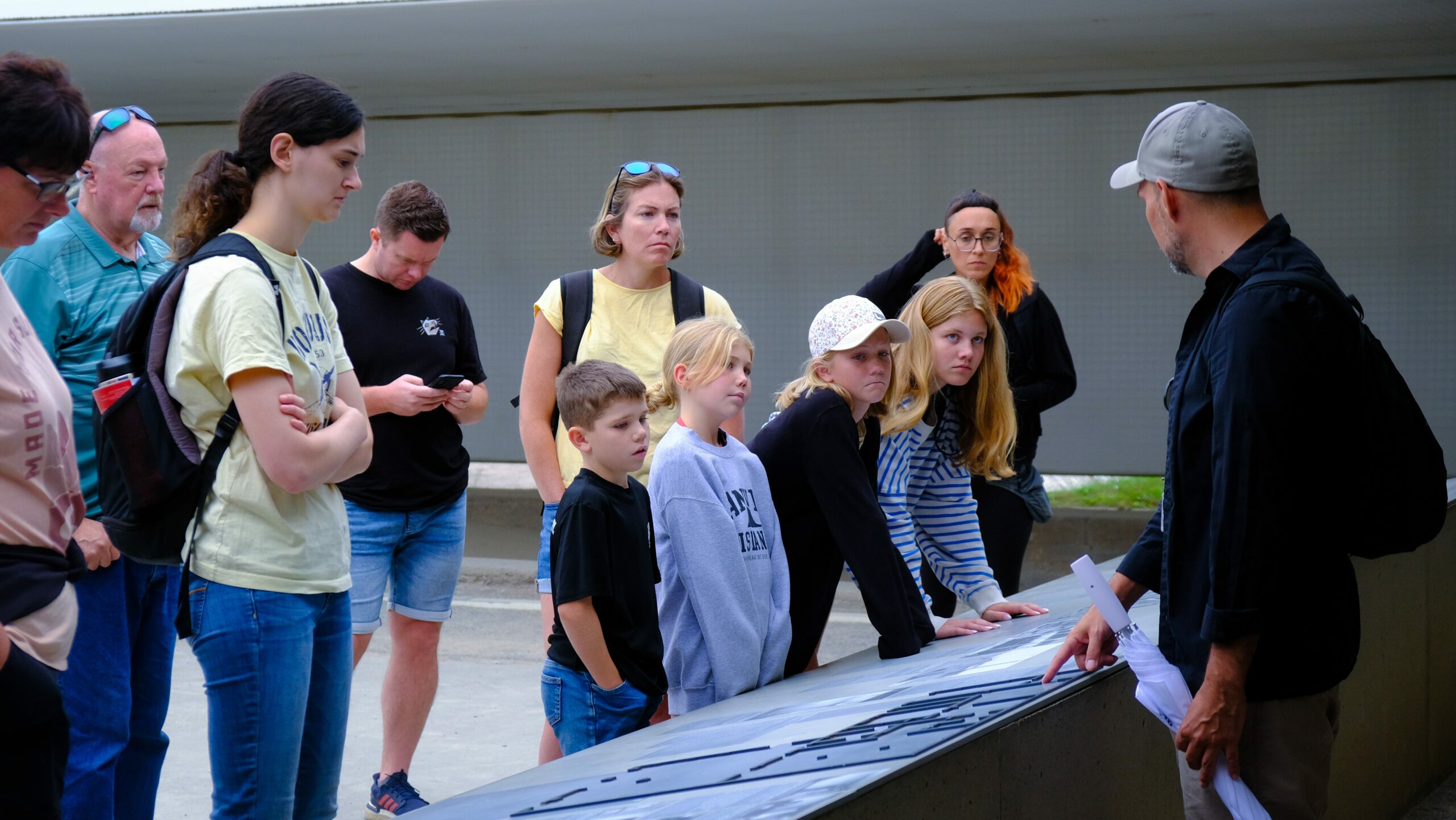In 1933-1945, Germany saw the formation of concentration camps; some of them were located in the territory of the capital city – Berlin. These camps were held as concentration, extermination, and torture centres for the Jews, political opponents, Gypsies, and other undesired ethnicities by the Nazi authority.
1. Sachsenhausen Concentration Camp
Sachsenhausen Concentration Camp was established and situated near Berlin, Germany and it was among the first camps to be set up by the Nazis. It was initially designed for holding political prisoner of the Nazis party and its supporters. It then turned into an extermination camp and during its existence thousands of prisoners died due diarrhea, exhaustion from work, hunger and gassing.
1.1 Life in Sachsenhausen Concentration Camp
Sachsenhausen was no different from other concentration camps as it was characterized by extremely cruel treatment of prisoners. The civilians were forced to do labor work, tortured and even physically assaulted. Malnutrition and diseases: inmates starved and died from diseases, which had a negative implication on the mortality rates in the camp.
Beside the ‘ordinary’ prisoners, there was also a separate building for homosexual men who were being punished under the Nazi regime policies.
2. Ravensbrück Concentration Camp
Ravensbrück concentration camp was discovered in northern Germany north of Berlin and mainly used to contain women. It was founded in 1939 and used for holding of women prisoners and using them as working force. This was because the camp was used for both medical experimentations, cramped and unbearable living conditions and summary killings. Some of the prisoners of Ravensbrück were women who were political prisoners and those who participated in the resistance.
2.1 Child Prisoners in Ravensbrück Concentration Camp
Like other concentration camps, Ravensbrück was also home to an section for children prisoners. Some of them had children in the camp and even infants were not spared from being taken to the camp as well. They suffered tremendously and remained neglected and many died.
3. Guidelines for viewing the former concentration camps
Today these are the memorial and museum, demonstrating the havoc of n National Socialist regime to the people who come to visit these places. It gives a rather grim realization of the dark days of history and are used in honoring the victims and as representation of assurance that such actions will not occur again.
In case you wish to get to know this dark side of Berlin or if you just want to learn about these things – it is suggested to visit the Sachsenhausen Memorial as well as the Ravensbrück Memorial. Some monuments and places can be visited with the guide and learn some additional information regarding the life and death of the victims and the history of those places.
3.1 Paying Respect and Remembrance
A revisit to these sites should be done with lots of decorum as the places are tombs of the deceased people. It is important not to wear ostentatious clothes or make loud noises and contribute to disturbing the peace of others or infringing on other people’s rights of visiting the memorial as specified by the management.
3.2 Importance of Education and Remembering
We also believe that learning keeps us informed and when we visit such places, we are paying homage to the deceased while ensuring that similar incidents are not repeated in the future. Thus, people should learn about the history so as to have a favourable and tolerant future for all parties.
Conclusion
Sachsenhausen and Ravensbrück concentration camps were known as places that represented inhumanity of the Nazi regime in Germany. Anyone who goes to these sites will realize that it is a sobering and humbling experience since one is taken through the diferent historical events, the need to respect diversity and embrace the need to become a better society.
Table of Contents




